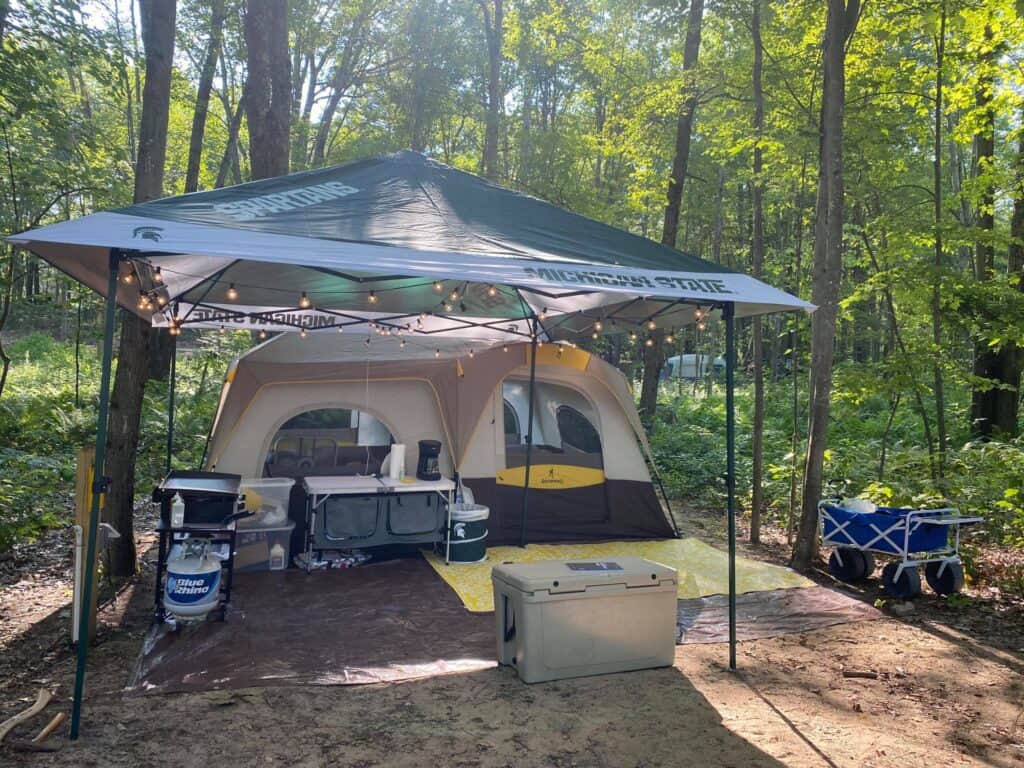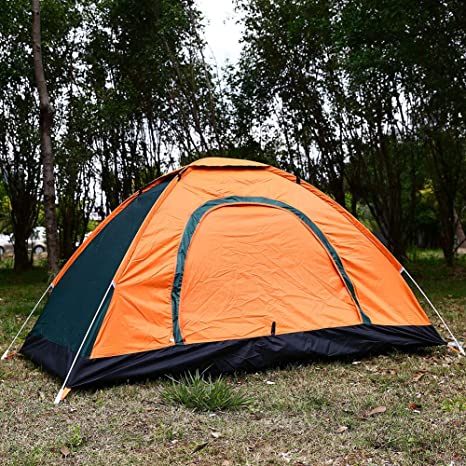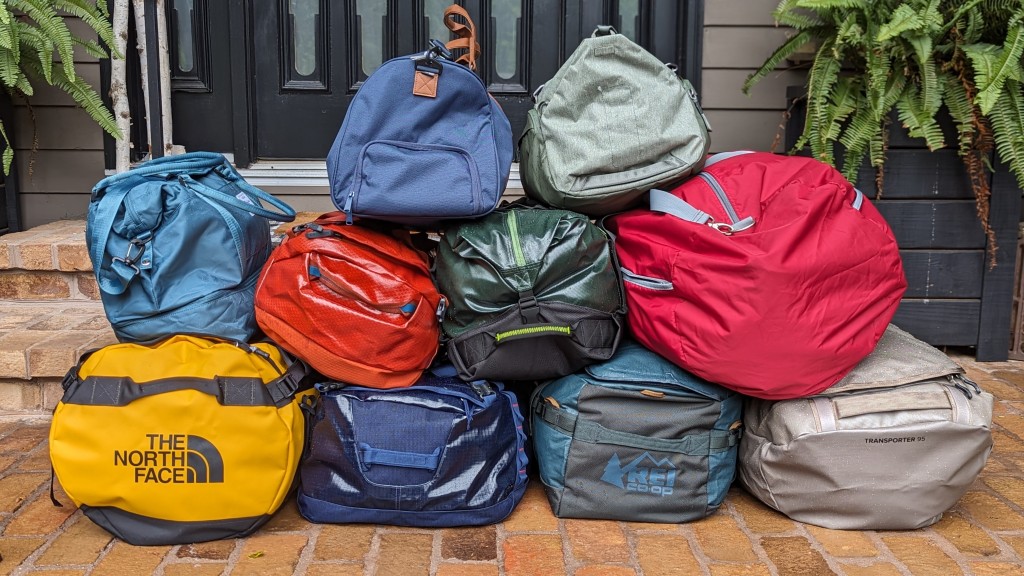
Setting up your tent properly is one of the most important skills every camper should master. A well-pitched tent provides better protection from the elements, lasts longer, and ensures a comfortable night's sleep. Follow this comprehensive guide to become a tent setup expert.
Before You Start: Preparation is Key
Choose the Right Location
The success of your tent setup begins with selecting the perfect spot:
- Level Ground: Look for flat, even terrain to avoid rolling around at night
- Drainage: Avoid low-lying areas where water might collect
- Wind Protection: Consider natural windbreaks like trees or rocks
- Morning Sun: Face the entrance east for natural warming and drying
- Safety: Stay away from dead trees, cliff edges, and flood zones
Clear and Prepare the Area
Once you've found your spot:
- Remove rocks, sticks, and debris
- Clear away pine cones and sharp objects
- Level any small bumps or depressions
- Consider using a ground tarp for extra protection
Step-by-Step Tent Setup
Step 1: Lay Out Your Components
Before you begin assembly:
- Unpack all components and lay them out
- Identify tent body, rainfly, poles, and stakes
- Check that you have all necessary parts
- Orient the tent door in your preferred direction
Step 2: Assemble the Poles
Most modern tents use color-coded pole systems:
- Connect pole sections carefully - don't force them
- Allow the shock cord to pull sections together
- Match pole colors to tent attachment points
- Keep poles straight to avoid bending
Step 3: Attach Poles to Tent Body
Different tents have different attachment methods:
- Clips: Simply clip the tent body to the poles
- Sleeves: Thread poles through fabric sleeves
- Grommets: Insert pole ends into corner grommets
- Work systematically around the tent
Step 4: Stake Out the Tent
Proper staking is crucial for stability:
- Start with corner stakes at a 45-degree angle
- Pull tent taut but not overly tight
- Stake guy lines for additional stability
- Adjust tension evenly around the tent
Step 5: Add the Rainfly
The rainfly provides essential weather protection:
- Orient the rainfly correctly (door should match)
- Attach to tent poles or clips as designed
- Ensure proper ventilation gaps
- Stake out rainfly guy lines for maximum protection
Pro Tips for Perfect Setup
Weather Considerations
- Windy Conditions: Stake the windward side first
- Rain Setup: Use a tarp overhead while setting up
- Cold Weather: Allow extra time as materials may be stiff
- Hot Weather: Set up in shade when possible
Common Mistakes to Avoid
- Over-tightening guy lines (allow for weather changes)
- Forgetting to zip doors before staking
- Not checking for proper rainfly coverage
- Ignoring manufacturer's setup instructions
- Rushing the process and missing important steps
Maintenance and Care
Proper setup extends your tent's life:
- Never pack a wet tent for extended periods
- Clean off dirt and debris before packing
- Check for damage after each use
- Store in a cool, dry place
- Periodically re-waterproof seams and fabric
Practice Makes Perfect
The best way to master tent setup is practice:
- Set up your tent at home before your first trip
- Time yourself to improve efficiency
- Practice in different weather conditions
- Learn your tent's specific quirks and features
- Teach others - explaining helps reinforce your knowledge
Conclusion
A properly set up tent is your home away from home in the wilderness. Taking the time to do it right ensures better sleep, protection from the elements, and a more enjoyable camping experience overall. Remember, every tent is slightly different, so always consult your specific tent's instructions and practice the setup process before heading into the backcountry.
With these techniques and a bit of practice, you'll be setting up camp like a pro in no time. Happy camping!


